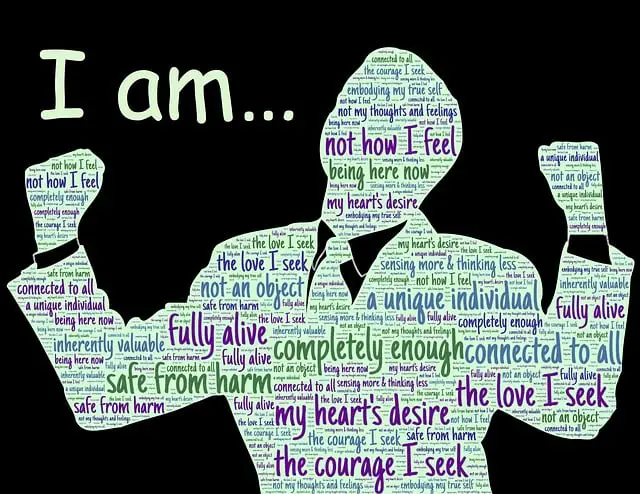Unveiling Cognitive Behavioral Therapy (CBT) History, Benefits, Key Features and Examples

Cognitive Behavioral Therapy (CBT) stands as a cornerstone in the field of psychotherapy, offering a structured and evidence-based approach to addressing a wide range of mental health issues. Since its inception, CBT has evolved into one of the most widely practiced and effective forms of therapy, helping millions of individuals overcome challenges and achieve lasting change. In this article, we explore the rich history, numerous benefits, and standout features of Cognitive Behavioral Therapy.

Page Contents
Unveiling Cognitive Behavioral Therapy (CBT) History, Benefits, and Key Features

History of Cognitive Behavioral Therapy: CBT traces its origins back to the 1960s when psychologists Aaron Beck and Albert Ellis independently developed cognitive therapy and rational emotive behavior therapy, respectively. Both approaches challenged the prevailing psychoanalytic theories of the time by emphasizing the role of thoughts, beliefs, and behaviors in shaping emotions and psychological well-being. Over the decades, CBT has continued to evolve, incorporating insights from cognitive psychology, behavior therapy, and other disciplines to refine its techniques and applications.
6 Benefits of Cognitive Behavioral Therapy
- Empirical Support: CBT boasts a robust body of research supporting its efficacy in treating various mental health conditions, including depression, anxiety disorders, PTSD, OCD, and substance use disorders.
- Structured and Goal-Oriented: CBT offers a structured and goal-oriented approach, with therapists and clients collaboratively setting specific treatment goals and working systematically to achieve them.
- Focus on the Present: Unlike some forms of therapy that delve extensively into past experiences, CBT primarily focuses on the present moment, helping clients identify and change patterns of thinking and behavior that contribute to their current distress.
- Skills-Based Approach: CBT equips clients with practical skills and strategies they can apply in their daily lives to manage symptoms, cope with stressors, and build resilience.
- Short-Term and Time-Limited: CBT is typically brief and time-limited, with many clients experiencing significant improvement in a relatively short period, making it a cost-effective option for many individuals.
- Collaborative and Transparent: CBT fosters a collaborative therapeutic relationship between therapist and client, with an emphasis on transparency, active participation, and shared decision-making.

5 Key Features of Cognitive Behavioral Therapy

- Cognitive Restructuring: CBT helps clients identify and challenge distorted or unhelpful thoughts and beliefs that contribute to negative emotions and behaviors. Through cognitive restructuring techniques, clients learn to replace irrational beliefs with more adaptive and realistic ones.
- Behavioral Activation: CBT encourages clients to engage in activities that bring them a sense of pleasure or accomplishment, even when they don’t feel motivated. This behavioral activation helps counteract symptoms of depression and increase overall well-being.
- Exposure Therapy: In the treatment of anxiety disorders, CBT often incorporates exposure techniques, where clients gradually confront feared situations or stimuli in a controlled manner to reduce anxiety and desensitize emotional responses.
- Homework Assignments: Between therapy sessions, clients may be assigned homework exercises to practice newly learned skills, monitor their thoughts and behaviors, or experiment with new coping strategies.
- Relapse Prevention: CBT emphasizes relapse prevention by teaching clients to recognize early warning signs of a recurrence of symptoms and develop strategies to cope effectively with triggers and stressors.
Here are examples for each key feature of Cognitive Behavioral Therapy (CBT) as listed in the table:
- Cognitive Restructuring:
- Example: A client with social anxiety learns to challenge their belief that “everyone is judging me” by examining evidence for and against this thought. They may realize that people are often preoccupied with their own concerns rather than scrutinizing them.
- Behavioral Activation:
- Example: A person experiencing depression commits to engaging in one enjoyable activity each day, such as going for a walk, meeting a friend for coffee, or pursuing a hobby, even when they don’t feel motivated. Over time, they notice improvements in mood and overall well-being.
- Exposure Therapy:
- Example: A client with a phobia of flying gradually exposes themselves to feared stimuli, starting with looking at pictures of airplanes, then visiting an airport without boarding a flight, and eventually taking short flights with the support of relaxation techniques until their fear diminishes.
- Homework Assignments:
- Example: A client struggling with generalized anxiety disorder practices progressive muscle relaxation and deep breathing exercises at home between therapy sessions to reduce physiological arousal and manage anxiety symptoms more effectively.
- Relapse Prevention:
- Example: A client who has completed treatment for substance use disorder identifies triggers such as stress or social gatherings where alcohol is present and develops a plan to cope with cravings, such as calling a sponsor, attending support group meetings, or engaging in healthy activities.
Conclusion
Cognitive Behavioral Therapy stands as a testament to the transformative power of evidence-based psychotherapy. With its rich history, numerous benefits, and standout features, CBT continues to empower individuals to overcome challenges, build resilience, and live more fulfilling lives. As CBT remains at the forefront of mental health treatment, its enduring legacy serves as a beacon of hope for millions seeking relief and lasting change.







